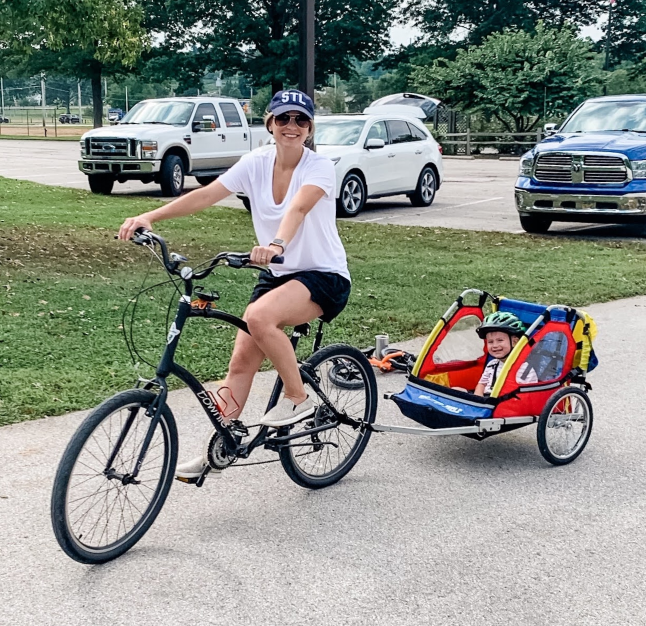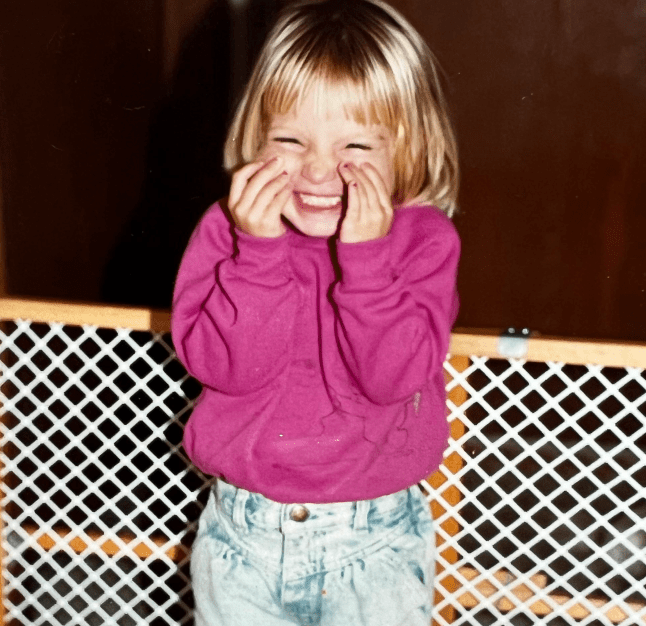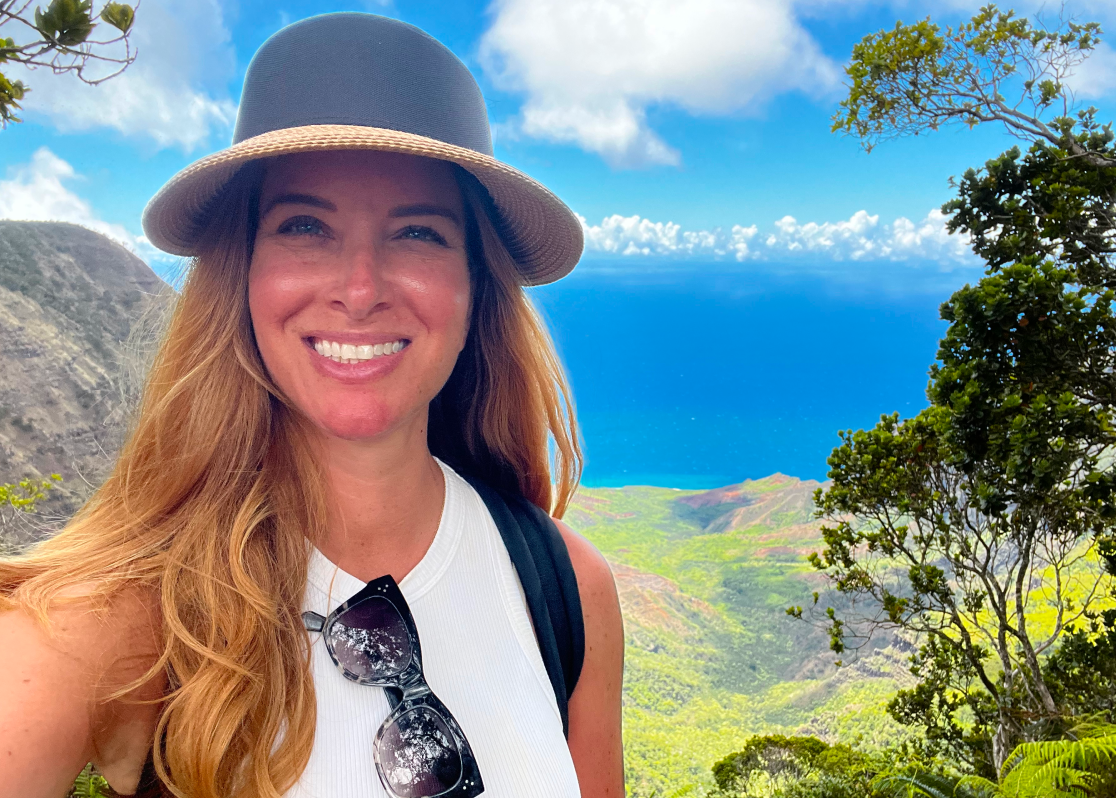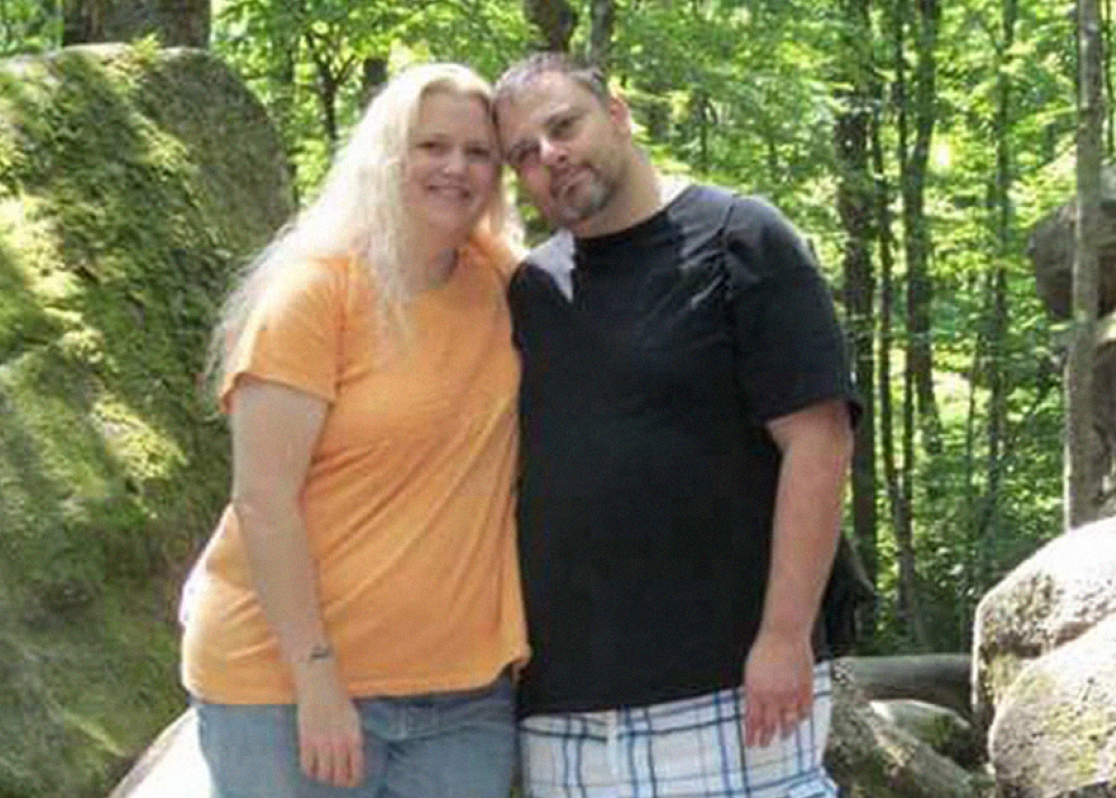OUTNUMBERING PAH
Chelsea’s story

Chelsea has been active her entire life. As a young girl she was a cheerleader and played soccer. As an adult, she split her time between a high-octane advertising career and chasing her two young sons around.
Chelsea’s life was speeding up, but her body was slowing down. She had to lay down to catch her breath after playing with her boys. She would have chest pain throughout the day.
Chelsea was a busy mom in her 30s and didn’t have time to be sick. Besides, her doctor told her she was just anxious. Who wouldn’t be anxious with a full plate like hers?
After a trip to New York in 2019 where Chelsea struggled to get around, her husband insisted they had to get serious about her health.
Chelsea visited her doctor, who wrote her concerns off as anxiety. But Chelsea knew something was wrong. She pushed for more tests to find answers.
Thanks to her persistence, Chelsea got the medical tests she needed to get answers—and a new diagnosis. She was diagnosed with pulmonary arterial hypertension (PAH).

I was in heart failure and my pulmonary artery was three times the size it should have been. After more tests and a right heart catheterization, my diagnosis was confirmed as pulmonary arterial hypertension (PAH).
Chelsea listened to her body. Her instinct that something was wrong helped doctors uncover her PAH.
As a young mom, PAH was the last thing Chelsea thought she’d have to deal with. But with help from her friends and family, she’s outnumbering PAH.

Learning to ask for help
Working with her PAH specialists helped Chelsea wrap her mind around her new diagnosis. PAH is a rare condition, so she felt working with specialists was the first step in putting together a good management plan.
Chelsea’s PAH specialists knew she was a mom and a professional, so they worked with her to try to create a PAH plan that met her needs.

Even with an amazing care team, the months after her testing diagnosis were a whirlwind. Her on-the-go life had slowed down, and her symptoms meant she needed extra support—even if she hated asking for it.
The resources she got from her care team and the information she found about PAH online were geared towards older people who didn’t have the same responsibilities she did.

All the PAH materials that I saw were aimed at older people. There wasn’t anybody that looked like me.
Chelsea didn’t get discouraged. Instead, she leaned on her family and friends for help.
Along with the emotional support of her husband, Chelsea’s in-laws moved a few minutes away so they could give hands-on help. Members of her Bible study group dropped off food and pitched in whenever Chelsea needed it. Even Chelsea’s sons got in on the action by bringing mom apples whenever she wasn’t feeling her best.
Chelsea had a hard time asking for help. She valued her independence, so relying on others wasn’t something she was used to. Chelsea realized that she needed extra support and hands-on help from people she trusted.
A PAH diagnosis comes with lots of curve balls. One of the biggest adjustments for Chelsea was learning that needing help didn’t make her a burden. Instead, it gave other people an opportunity to show Chelsea just how much they cared.

As a person who knows a thing or two about cheerleading, Chelsea understands that encouragement can come from many different places. That’s why she’s built a strong support community with other women who have PAH, too.


